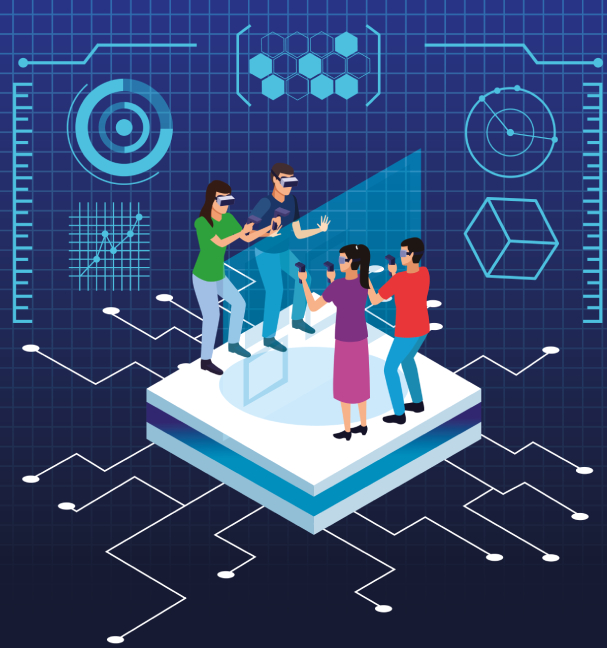In recent years, the integration of technology into education has taken giant leaps, revolutionizing the way students learn and engage with educational content. One of the most promising advancements in this realm is the fusion of augmented reality (AR) and mixed reality (MR) with gamification strategies. This powerful combination has the potential to reshape traditional educational approaches, making learning more interactive, immersive, and enjoyable
Understanding Gamification in Education
Gamification involves incorporating game elements, such as challenges, rewards, competition, and interactive features, into non-game contexts to enhance engagement and motivation. In education, gamification aims to leverage these game mechanics to create more compelling learning experiences, encouraging active participation and fostering a deeper understanding of subjects.
Enter Augmented Reality (AR) and Mixed Reality (MR)
Augmented Reality (AR) overlays digital content onto the real world, enhancing the user’s perception and interaction with their environment. Mixed Reality (MR) takes this a step further by blending the virtual and real worlds, allowing users to interact with both simultaneously. These technologies have already demonstrated their potential in various fields, from entertainment to industry, and now they are poised to transform education.

Enhancing Engagement and Immersion
The use of AR and MR in gamified education brings subjects to life. Imagine history lessons where students can walk through ancient civilizations, witness historical events, and interact with virtual artifacts. Biology lessons could involve exploring the intricacies of a cell or even dissecting virtual organisms, all in a controlled and immersive environment. These technologies break the barriers of traditional classrooms, making learning an adventure that students eagerly embark upon.
Personalized Learning Pathways
AR and MR technologies can adapt to individual learning styles and paces. Through interactive simulations and adaptive content, students can explore subjects at their own speed, ensuring a deeper understanding before moving forward. Virtual mentors and guides can provide real-time feedback and assistance, tailoring the learning experience to each student’s needs and strengths.
Real-World Application and Problem-Solving
AR and MR gamification can bridge the gap between theoretical knowledge and practical application. For instance, physics concepts can be illustrated through interactive experiments, allowing students to manipulate virtual objects and observe their real-time reactions. Complex engineering and architectural principles can be better understood by constructing virtual prototypes. This practical engagement promotes critical thinking, problem-solving skills, and creativity.
Collaborative Learning and Competition
AR and MR gamification can be designed to promote collaboration and healthy competition. Students can work together on projects, solve puzzles, and explore challenges as a team, fostering communication and teamwork. Friendly competitions and leaderboards can spark motivation to excel and outperform peers, turning the learning process into an engaging social activity.
Overcoming Learning Barriers
Traditional education can sometimes fail to cater to the needs of students with various learning difficulties. AR and MR technologies have the potential to present information in multiple formats, catering to diverse learning styles. Visual, auditory, and kinesthetic learners can all benefit from interactive and immersive content, leveling the playing field and ensuring that no student is left behind.
Challenges and Considerations
While the integration of AR and MR into gamified education offers immense potential, there are challenges to address. Technological infrastructure, cost, content creation, and ensuring pedagogical effectiveness are some of the hurdles that educators, developers, and policymakers need to overcome.
Conclusion
The fusion of augmented reality and mixed reality with gamification strategies has the power to revolutionize education. By enhancing engagement, personalizing learning pathways, promoting practical application, fostering collaboration, and overcoming learning barriers, AR and MR gamification open up exciting possibilities for a more immersive and effective educational experience. As these technologies continue to evolve, educators must work hand in hand with developers to harness their potential and shape the future of education.

